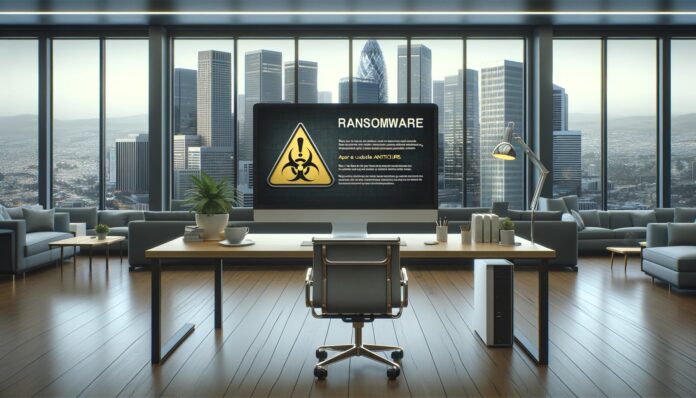
In an increasingly digital world, ransomware attacks have become a prevalent threat to businesses and individuals alike. These malicious attacks involve cyber-criminals encrypting data or locking users out of their systems, demanding payment (often in cryptocurrency) to restore access. While prevention and robust cybersecurity measures are crucial, knowing how to negotiate in the unfortunate event of a ransomware attack can also be essential.
Here’s a strategic guide on navigating through such a crisis:
1. Assess the Situation: Upon discovering a ransomware attack, gather all relevant information promptly:
• Identify the Type of Attack: Determine whether it’s a data encryption or system lock-down attack.
• Scope of Impact: Assess which systems and data are affected to gauge the severity of the attack.
• Communicate Internally: Notify key stakeholders such as IT personnel, legal advisors, and senior management to form a response team.
2. Understand the Demands
• Engage with the Attacker: Establish communication through the provided channels (usually email or a dark web portal).
• Clarify Demands: Understand the ransom amount, payment method (typically cryptocurrency), and any deadlines imposed.
• Verify Legitimacy: Be cautious of negotiating with attackers and consider seeking advice from cybersecurity experts or law enforcement.
3. Prepare for Negotiation
• Determine Negotiation Strategy: Assess the feasibility and risks of paying the ransom versus other recovery options.
• Set Limits: Decide on a maximum amount you are willing to negotiate and communicate this clearly during discussions.
• Maintain Communication: Keep channels open with the attacker to negotiate terms and potentially reduce the ransom amount.
4. Document Everything
• Record Communications: Document all interactions with the attacker, including negotiations, demands, and any promises made.
• Legal Counsel: Involve legal advisors to ensure compliance with regulations and mitigate legal risks associated with negotiating with cyber-criminals.
5. Payment and Recovery
• Payment Procedure: Follow recommended guidelines for securely transferring cryptocurrency if the decision to pay is made.
• Verify Restoration: After payment, verify that the attacker provides decryption keys or access as promised.
• Recovery Plan: Implement a comprehensive recovery plan to restore affected systems and data, including updating security measures to prevent future attacks.
6. Post-Attack Analysis and Prevention
• Incident Review: Conduct a thorough post-attack analysis to understand vulnerabilities exploited and improve cybersecurity defenses.
• Educate and Train: Provide ongoing cybersecurity education and training to staff to recognize and respond effectively to ransomware threats.
• Backup Strategy: Maintain regular backups of critical data and systems to minimize the impact of potential future attacks.
Conclusion
While negotiating with ransomware attackers is complex and risky, it can sometimes be a necessary step to regain access to vital systems and data. Organizations should prioritize prevention through robust cybersecurity measures and readiness plans. However, in the event of an attack, following a strategic negotiation process can help mitigate damage and facilitate recovery.
By staying informed, preparing adequately, and seeking professional guidance when needed, businesses can navigate ransomware attacks with greater resilience and minimize the impact on their operations.
Ad
